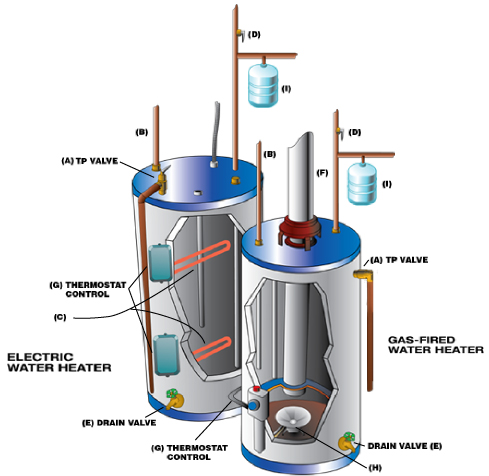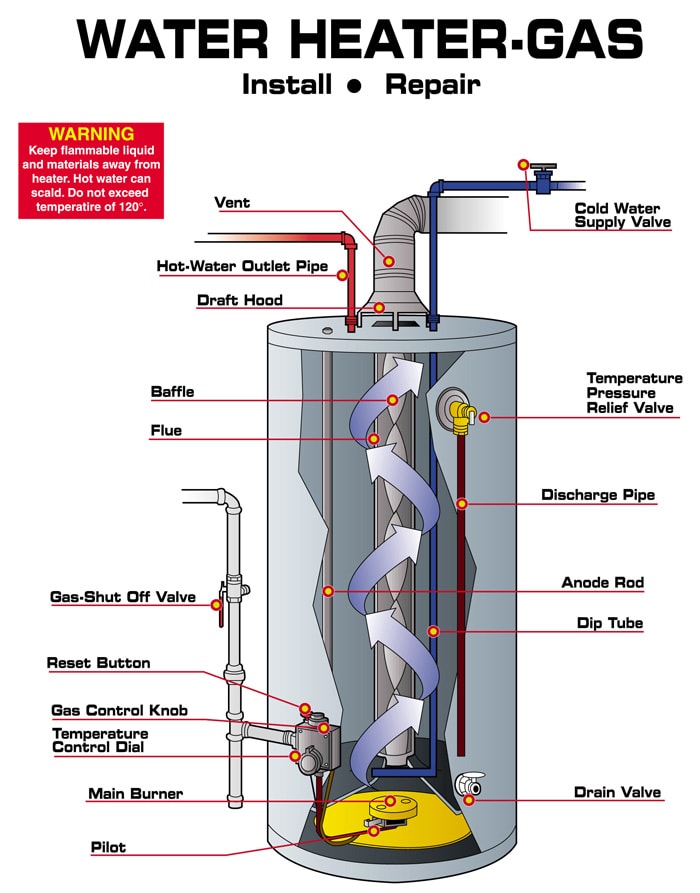Experienced water heater installation professionals serving Brea homes
Experienced water heater installation professionals serving Brea homes
Blog Article
Do It Yourself Hot Water Heater Installation: Important Steps for Success
When taking into consideration a do it yourself hot water heater setup, it is necessary to approach the task with a systematic mindset, as the process includes several essential actions that can substantially impact both safety and performance. Picking the ideal hot water heater for your details requirements is simply the start; preparing the setup location and understanding the needed tools and products are similarly crucial. As we explore the organized strategy to installation, it emerges that neglecting any kind of information could bring about complications down the line. Are you prepared to navigate the intricacies of this home improvement task?
Selecting the Right Hot Water Heater
When picking a water heating system, it is vital to consider a number of vital variables to ensure optimum efficiency and efficiency - water heater installation Buena Park. Review the type of water heating unit that best matches your demands. Options include tankless, storage space tank, and heatpump water heating systems, each offering distinct benefits in regards to energy efficiency and room requirements
A larger family may call for an unit with a better gallon capacity or a tankless system that can supply continuous hot water. Each power type has effects for setup prices and long-term energy expenses.
Power performance is another important element. By carefully assessing these elements, you can pick a water heating system that aligns with your household's details demands, making sure comfort and effectiveness for years to come.
Tools and Products Needed
Effectively setting up a hot water heater needs not only the right option of device however likewise the proper devices and products. Before getting started on your DIY task, guarantee you have an extensive list of items to facilitate a smooth installation process.
Important devices consist of a monkey wrench, flexible pliers, and a screwdriver set (both flathead and Phillips), which will help you handle different fittings and connections. Additionally, a drill with proper little bits is essential for placing brackets or making any type of needed holes. For security, a voltage tester is critical, especially when handling electrical water heating units.
You will also require a flexible water supply line, which can be either knotted stainless steel or PVC, depending on your preferences and local codes. By collecting these tools and products in advance, you established the phase for an effective water heater installation.
Planning For Setup
Prior to starting the installment of your water heating system, it is critical to examine the installment site to guarantee it meets all required demands. Start by confirming that the area is well-ventilated, particularly for gas hot water heater, to stop the buildup of harmful gases. Look for the availability of essential links, including water system lines and electrical outlets, ensuring they remain in great condition and correctly situated.

Additionally, inspect the existing pipes and electric systems to identify if repair work or upgrades are needed prior to installation. This positive approach not only guarantees conformity with local building regulations yet additionally boosts the longevity and performance of the water heating unit. Collect all needed authorizations, if needed, to stay clear of lawful complications later. Appropriate prep work establishes the stage for a smooth installation procedure and helps prevent unanticipated problems.
Step-by-Step Installment Process
With the prep work total and all needed evaluations performed, the following stage entails the detailed installation of your water heater. For tank-type water heating units, link the chilly water supply line to the inlet, normally noted in blue, and the warm water line to the electrical outlet, usually marked in red.
Following, protect the temperature level and stress relief shutoff, which is essential for security. Affix the discharge pipeline to this shutoff, routing it towards the floor or an appropriate drainage area. For electric designs, attach the power supply by stripping the cables and protecting them to the heating system's terminals according to the producer's directions.
If you are setting up a gas hot water heater, make sure the gas line is connected effectively and inspect for leaks using a soap remedy. After all links are made, fill the storage tank with water before activating the power or gas supply. Allow the water heater to get to the wanted temperature and check for any leaks around all connections.
Ensuring Security and Effectiveness
Regularly guaranteeing security and effectiveness during the setup and operation of your water heating system is important for ideal performance and long life. Begin his response by selecting an appropriate location that abides by local building ordinance and gives adequate air click reference flow. Guarantee that the area is devoid of combustible products and has sufficient space for maintenance and assessments.

After installation, conduct normal examine the unit to identify leaks, deterioration, or uncommon noises. Set the thermostat to a risk-free temperature level, typically around 120 ° F, to protect against scalding and improve energy performance. Protect pipes to decrease heat loss, which adds to decrease power bills.
Conclusion
In conclusion, effective DIY hot water heater installment depends upon careful planning and execution. Choosing the appropriate water heater, preparing the installment area, and adhering to an organized installment process are critical steps. Complying with safety guidelines throughout the installation ensures both safety and efficiency. Furthermore, regular upkeep checks post-installation will add to the ideal performance of the hot water heater, inevitably boosting the durability and effectiveness of the system. Properly establishing the thermostat additionally makes sure risk-free procedure.
When thinking about a Do it yourself water heater installment, it is important to approach the task with a methodical mindset, as the procedure involves numerous essential steps that can dramatically influence both safety and effectiveness.Before beginning the setup of your water heater, it is important to analyze the setup website to ensure it meets all required requirements. For tank-type water heaters, connect the chilly water supply line to the inlet, generally noted in blue, and the warm water line to the electrical outlet, usually marked in red.On a regular basis making certain safety and performance throughout the installation and procedure of your water heater is important for optimal performance and durability. Picking the suitable water heater, preparing the setup area, and adhering to a systematic installation process are crucial steps.
Report this page